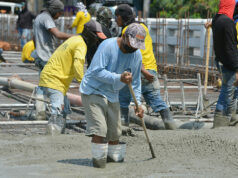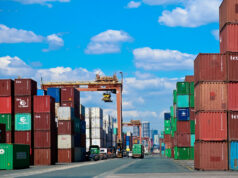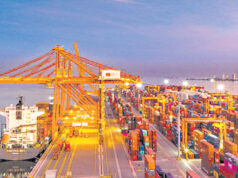PAL expects ‘modest’ profit this year amid rising oil prices
PAL Holdings, Inc., the listed operator of Philippine Airlines (PAL), is aiming to post a “modest profit” this year, as rising fuel prices are expected to weigh on the bottom line.
“It will be a modest profit. Actually we have reduced our projected profit because the price of fuel has gone up. Kaya lang pagka [But] if the price of fuel continue to go up, and we are not able to pass on the additional costs to the passengers, we may again report a loss,” PAL President and Chief Operating Officer Jaime J. Bautista told reporters on Thursday.
PAL reported a net loss of P7.3 billion in 2017, mainly attributed to higher fuel prices, and ballooning aircraft and passenger expenses.
In the first quarter, PAL saw its attributable net loss widen to P1.1 billion from the P954 million loss during the same period a year ago.
The airline’s expenses rose 14% to P36.9 billion. Jet fuel remained the biggest operating expense, increasing by P2.1 billion. PAL said the average fuel price per barrel went up to $88.24 in the first quarter versus $76.15 in 2017.
PAL announced last week it will be revising its application with the Civil Aeronautics Board (CAB) to impose a higher fuel surcharge. It initially submitted an application in December to impose a fuel surcharge of between P51 to P207, but the flag carrier said it needs to update this figure to take into account the increase in fuel costs from January to April.
Despite the challenges, Mr. Bautista said the company is hoping higher passenger load seen in the first quarter will continue for the rest of the year.
“Our experience now is that we are carrying more people onboard our airplane. Our load factor has gone up to almost 80%. From last year’s 71% lang ang average sa load factor namin [From last year’s average of only 71% in our load factor], now it’s 80%. (That’s) considering there are also routes where the loads are not that good yet, ’yung mga bagong routes [the new routes],” he said.
PAL introduced many flights out of Cebu this year, Mr. Bautista said. “Some of the flights have low load factor, but still the average is greater.”
He noted that a load factor of 80% means 60% of the flight is full. “There are flights where you are turning away passengers because the flights are full,” he said. — Denise A. Valdez



